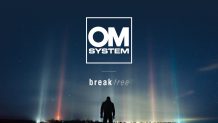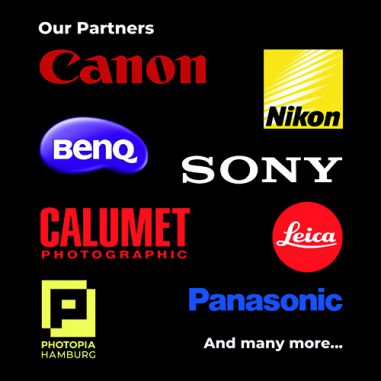Epson Imaging Devices currently uses some 200 different chemical substances and manages them all in accordance with both legal regulations and the global push for environmental protection. Nine substances of which Epson Imaging Devices uses more than 100kg per year are categorized as Class I Designated Chemical Substances under Japan’s Law for PRTR and Promotion of Chemical Management, meaning that they may damage human health and the ecosystem. Epson Imaging Devices discloses how much of these substances it uses in its Environmental Report and on its website. In the case of PRTR substances of which it uses more than one ton per year, Epson Imaging Devices also reports this information annually to the relevant government authorities.
Since 2-aminoethanol was the Class I Designated Chemical Substance used most, Epson Imaging Devices has been striving since 2003 toward the ambitious goal of eliminating this substance from its Japanese sites in fiscal 2007 (April 2007 to March 2008) and from its manufacturing subsidiary in China, Suzhou Epson Co., Ltd. (SZE), in fiscal 2008. Epson Imaging Devices has put particular effort into reducing the environmental impact of its Head Office (Tottori), given its status as the company’s main plant and its influence on overall operations, and 2-aminoethanol was completely eliminated from this plant in January 2007. As for the Toyoshina Plant, which previously used a large amount of 2-aminoethanol, the company has worked toward the same goal and achieved the complete elimination ahead of schedule in July 2007.
2-aminoethanol is a main constituent of a stripping solution used in photolithography, one of the preproduction processes performed in the manufacture of LCD panels. Epson Imaging Devices successfully eliminated it by switching to a proprietary alternative chemical while also maintaining quality and reducing costs. This has produced major benefits, with the amount of the alternative chemical required less than half of the equivalent amount for 2-aminoethanol and the cost of the alternative also half that of the eliminated substance. The complete elimination of 2-aminoethanol, of which Epson Imaging Devices used 210 tons in fiscal 2005, has enabled a dramatic reduction in overall use of PRTR substances (see Fig.1 below).
Based on its corporate stance and environmental policy as a member of the Epson Group, Epson Imaging Devices engages in a range of environmental-conservation activities, including developing eco-considerate products, managing the substances contained in its products, recycling, maximizing energy efficiency in manufacturing, and making optimal use of resources. Epson Imaging Devices will make further efforts to reduce the use of chemical substances covered by the PRTR.





